Movies
Latest about Movies
-
-

A Young Harry Potter Fan Was Freaking Out About Tom Felton Playing Draco Malfoy Again, And The Actor Sent Her A Lovely Response
By Corey Chichizola Published
-

I Can't Get Enough Of Colin Jost's Raptor Analogy When Someone Asked Him About Scarlett Johansson Kissing Jonathan Bailey
By Riley Utley Published
-

Upcoming Movies In 2026: New Movie Release Dates
By Jason Wiese Last updated
-
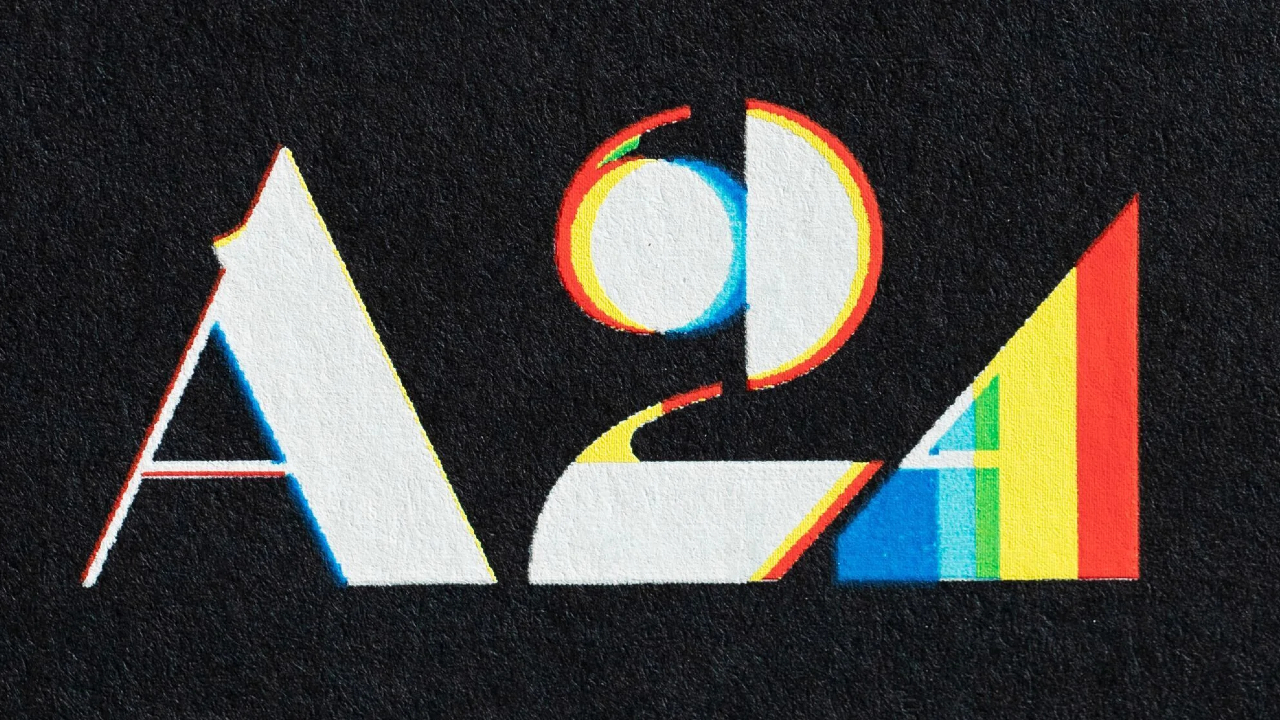
Upcoming A24 Movies: Eddington, The Smashing Machine, Backrooms, And More
By Jason Wiese Last updated
-

I Rewatched Ratatouille As An Adult, And I Ugly Cried Way Harder For Reasons
By Alexandra Ramos Published
-

Brendan Fraser Shares His Take On Why Tom Cruise's The Mummy Reboot Failed: 'The Answer Is...'
By Eric Eisenberg Published
-
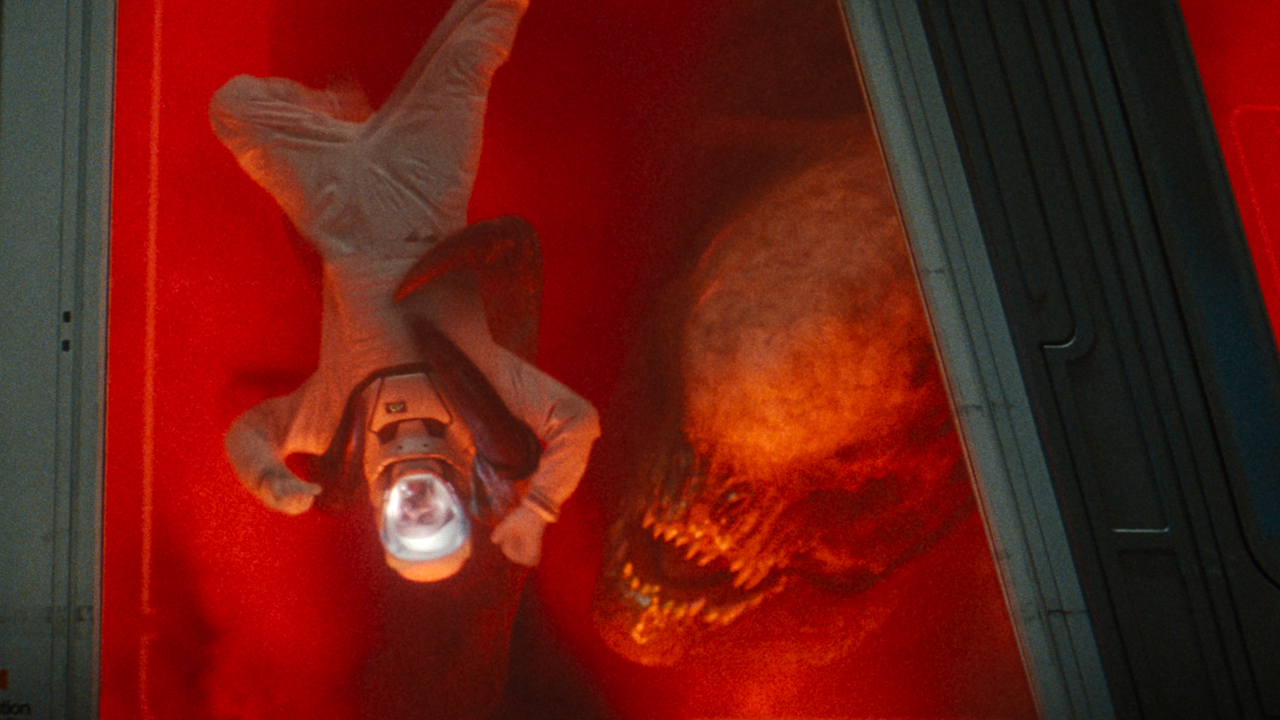
Someone Listed Jurassic Park And World Reviews By Rotten Tomatoes Score, And It’s Bleak Out There
By Mike Reyes Published
-
Explore Movies
Box Office
-
-
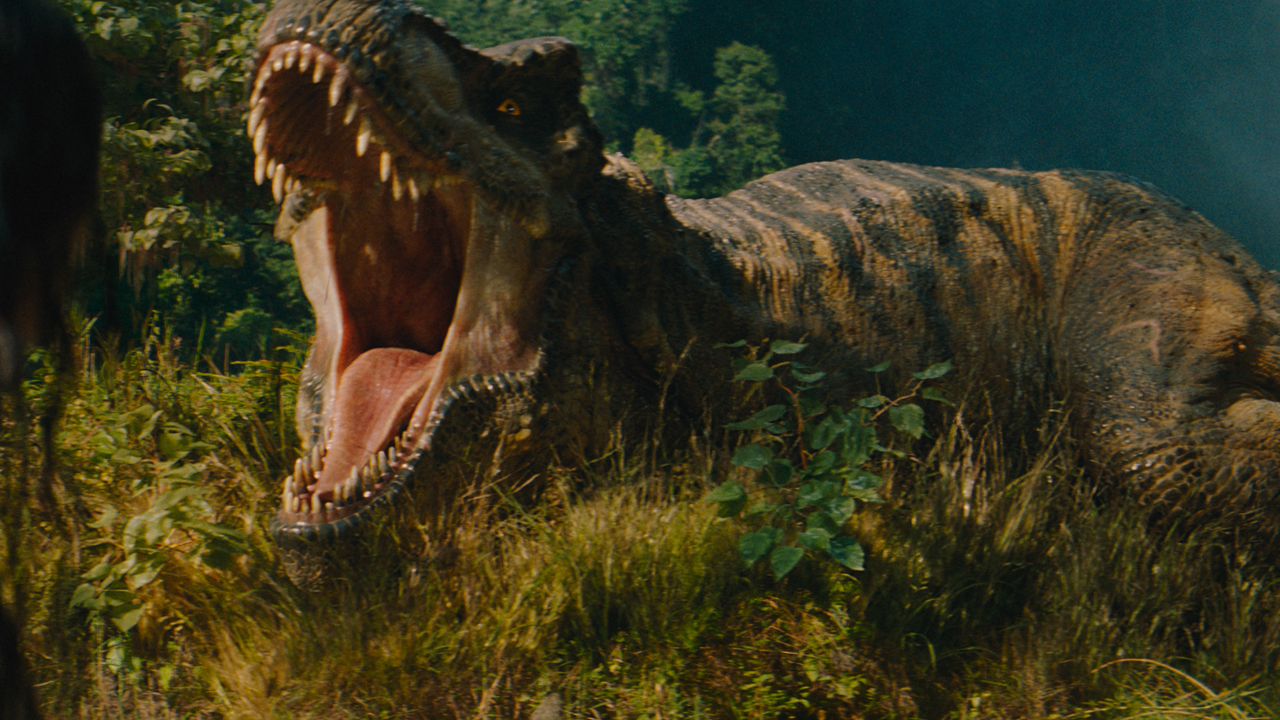
Jurassic World: Rebirth Hits Number One But Doesn't Get Off To A Roaring Start At The Weekend Box Office By Franchise Standards
By Eric Eisenberg Published
-

F1 Races To First Place At The Weekend Box Office, Successfully Leaving M3GAN 2.0 In Its Dust
By Eric Eisenberg Published
-

How To Train Your Dragon Won The Weekend Box Office Again, But 28 Years Later And Elio Had A Surprising Battle For Second Place
By Eric Eisenberg Published
-
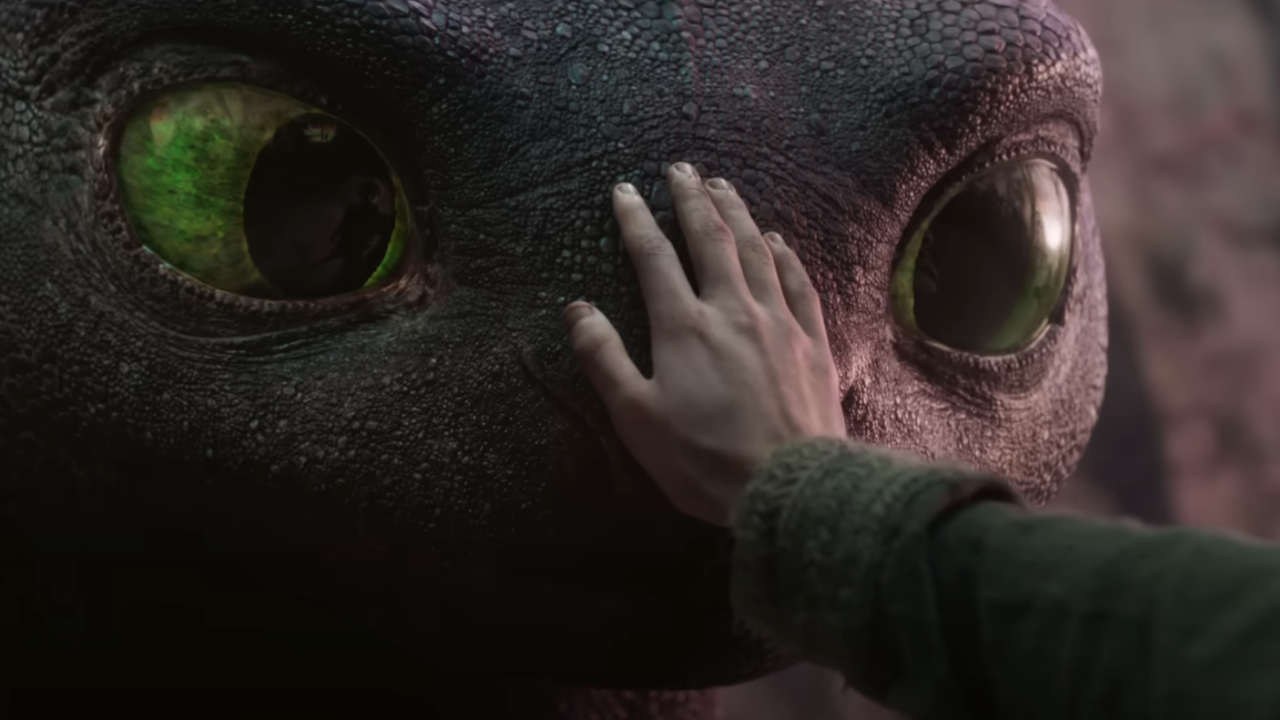
How To Train Your Dragon Smokes Lilo And Stitch In A Battle Of The Live-Action Remakes At The Weekend Box Office
By Eric Eisenberg Published
-
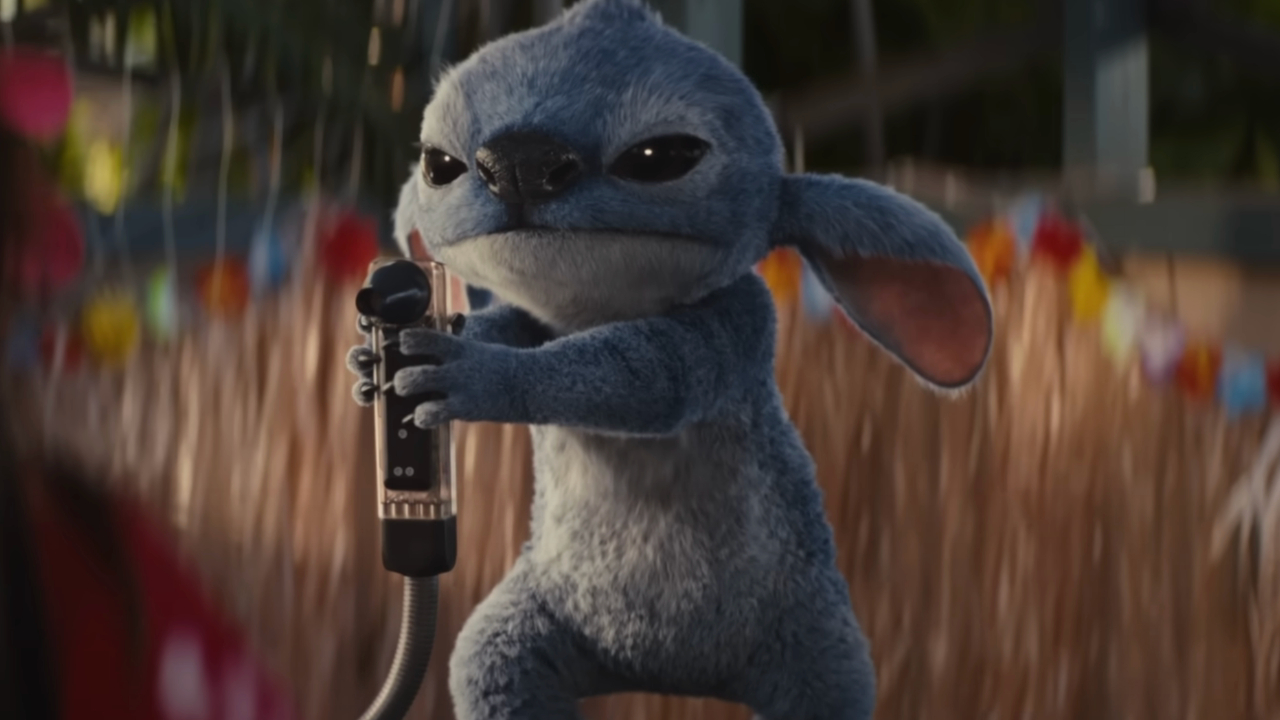
Lilo & Stitch Tops The Weekend Box Office Again As Ballerina Fails To Perform Up To High John Wick Standards
By Eric Eisenberg Published
-

Lilo And Stitch Dominates The Box Office Again As Karate Kid: Legends Can't Quite Keep Up With The Disney Movie Or Mission: Impossible
By Eric Eisenberg Published
-
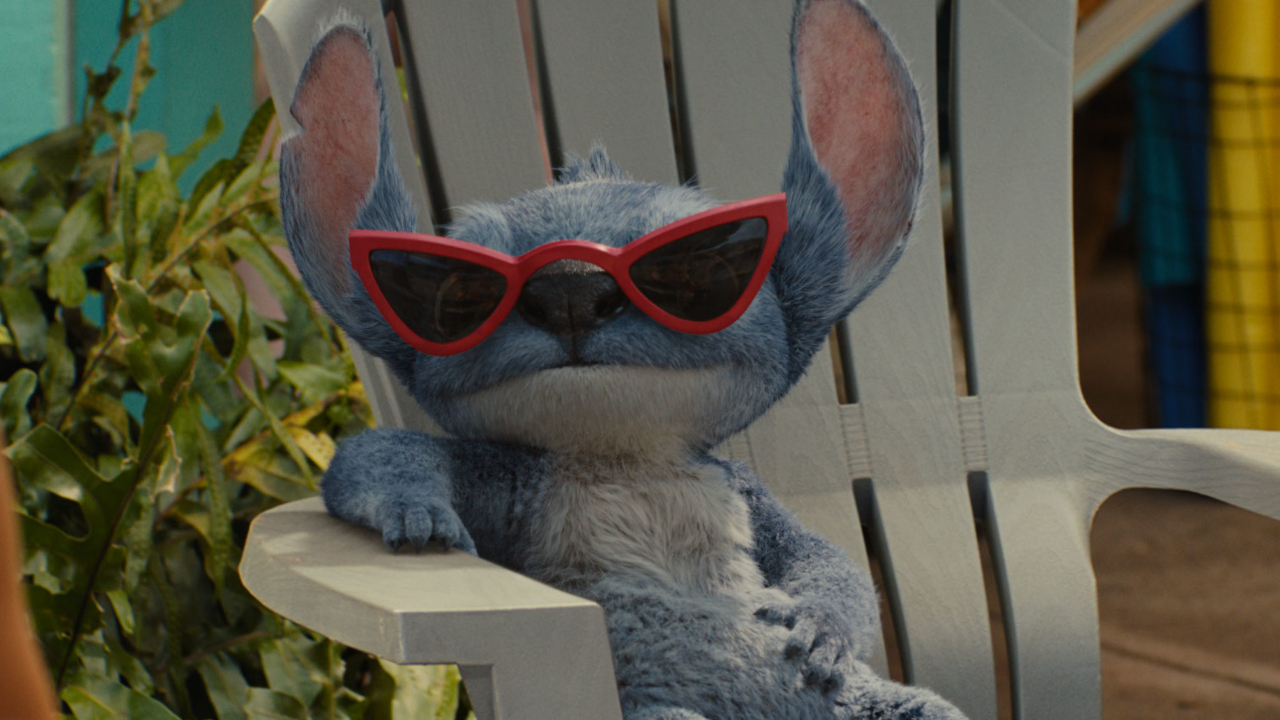
Lilo & Stitch And The New Mission: Impossible Clashed At The Box Office This Weekend, And There Was A Clear Winner
By Mack Rawden Last updated
-
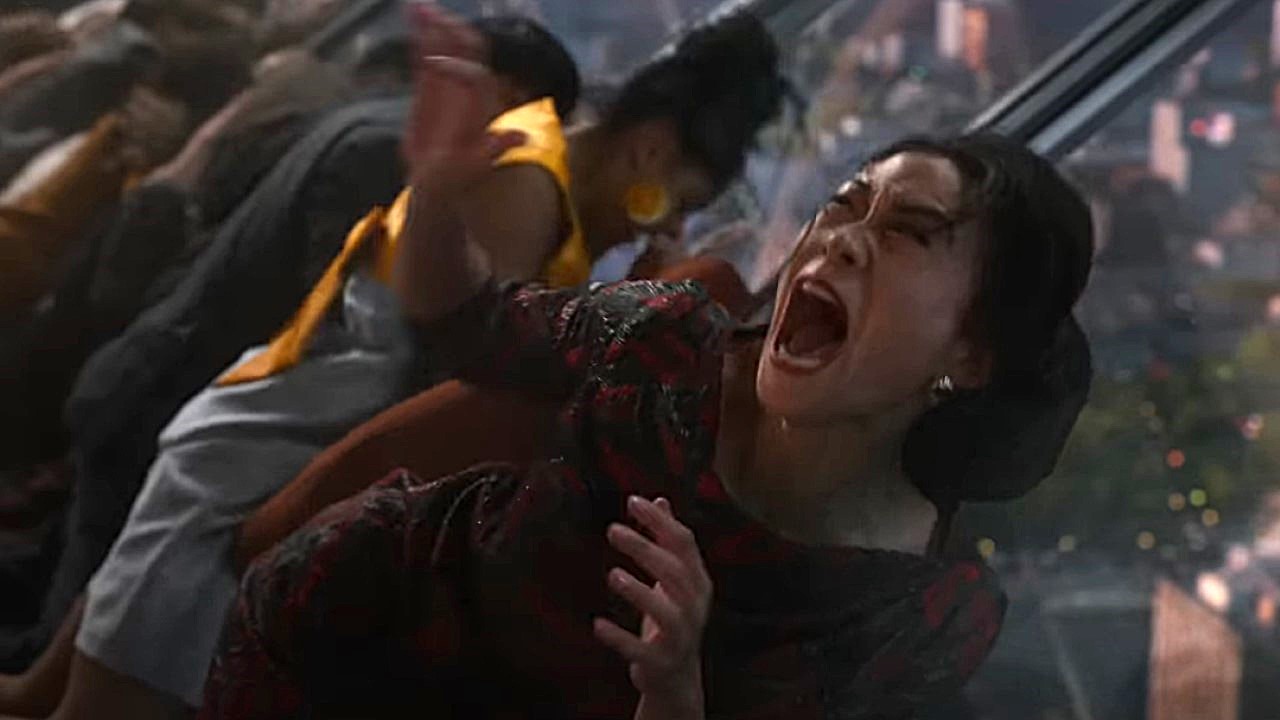
Final Destination: Bloodlines Slaughters The Box Office Competition, While Hurry Up Tomorrow Shows No Sense Of Urgency
By Heidi Venable Published
-

Thunderbolts* (New Avengers?) Successfully Avoids A Bad Marvel Box Office Trend From Recent Years As Sinners Crosses A Milestone
By Eric Eisenberg Published
-
Features
-
-
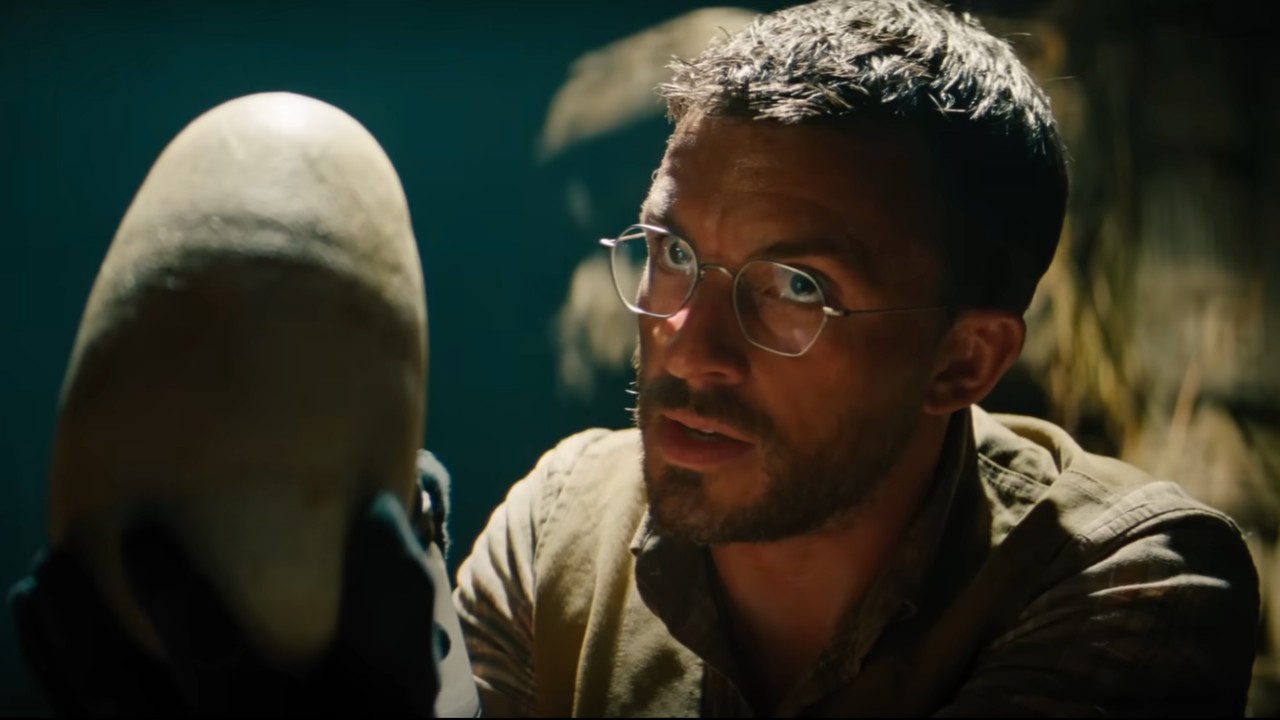
Between Wicked And Jurassic World, Has Jonathan Bailey Broken The Myth About Gay Movie Stars Not Being Bankable?
By Corey Chichizola Published
-
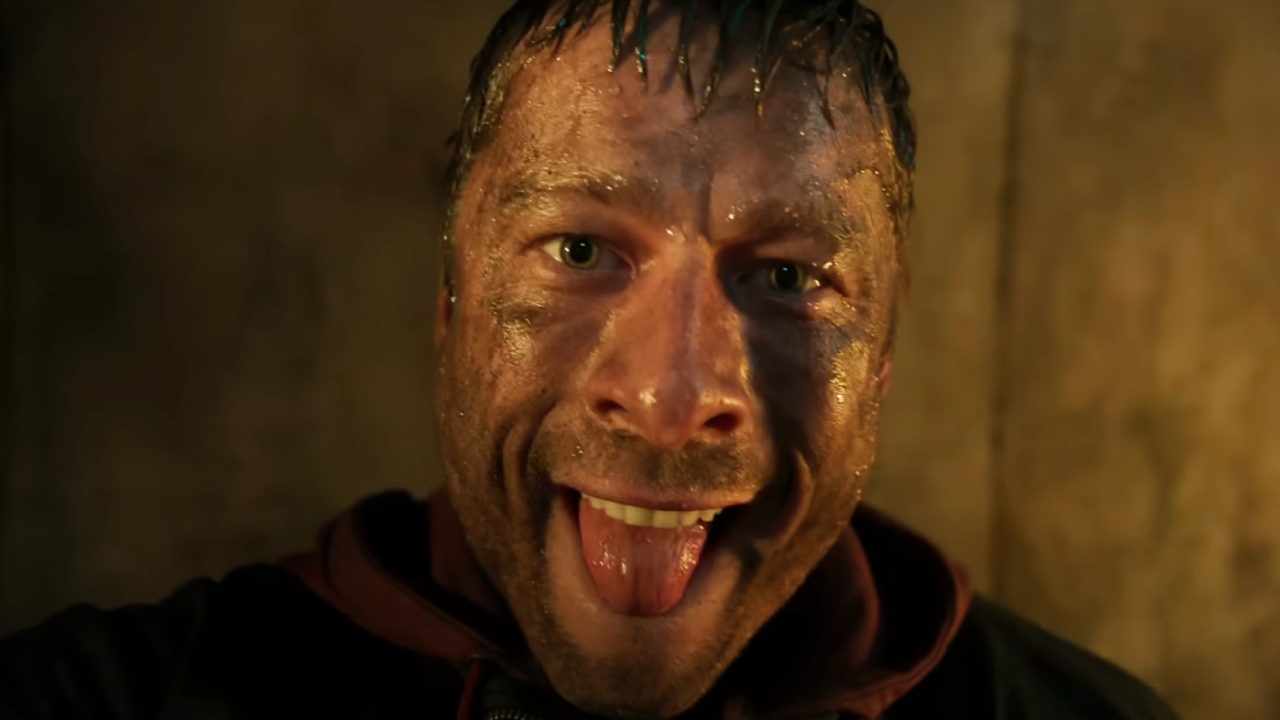
Upcoming Book-To-Screen Adaptations: What To Read Before The Movie Or TV Show
By Sarah El-Mahmoud Last updated
-
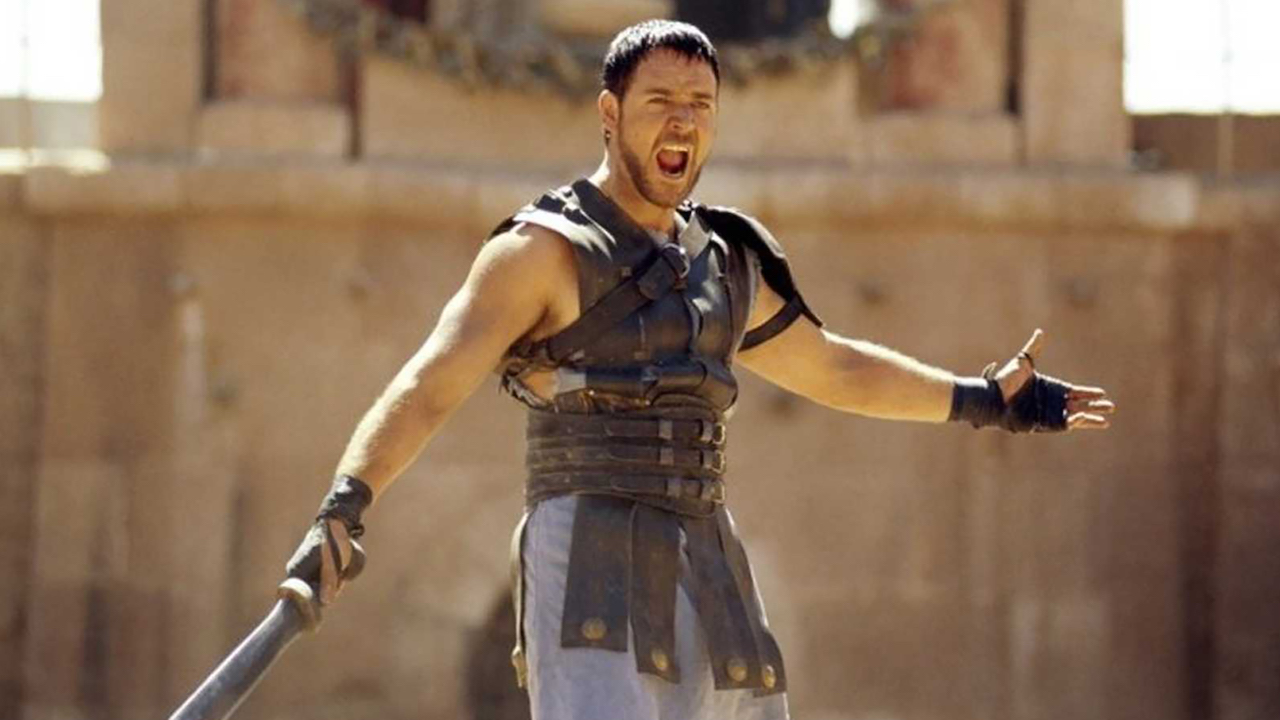
The Best Free Movies Online And Where To Watch Them
By Jason Wiese Last updated
-
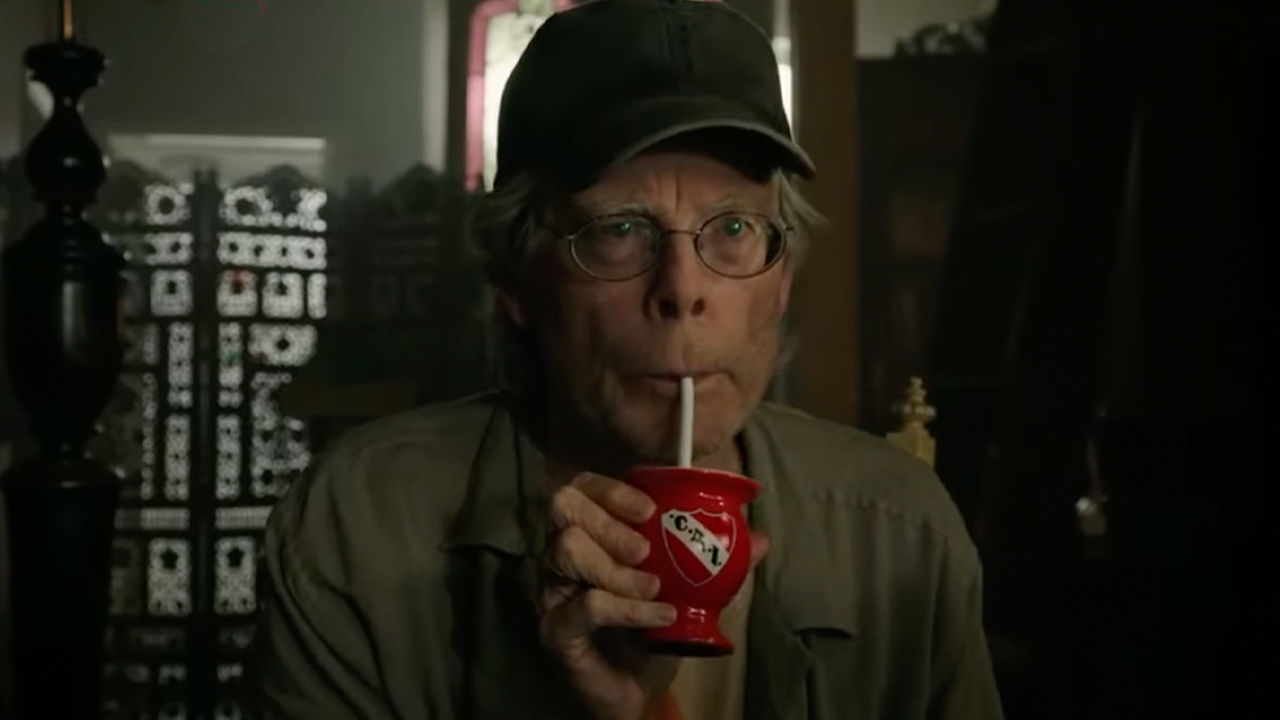
Upcoming Stephen King Movies, TV Miniseries And More
By Eric Eisenberg Last updated
-
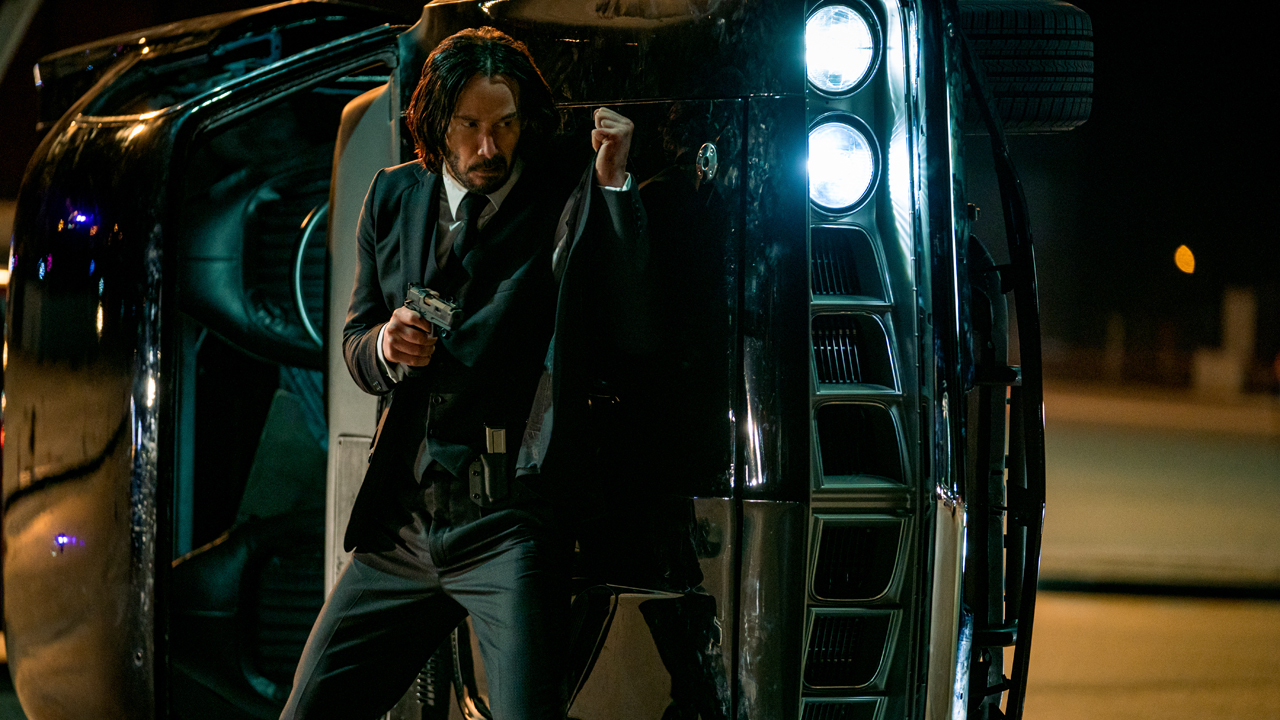
John Wick Kill Count: All The Kills In All Of The Action Franchise’s Movies
By Eric Eisenberg Last updated
-

32 Of The Most Popular Podcasts Hosted By Hollywood Stars
By Maggie Sheck Published
-

Upcoming Star Wars Movies And TV Shows
By Eric Eisenberg Last updated
-
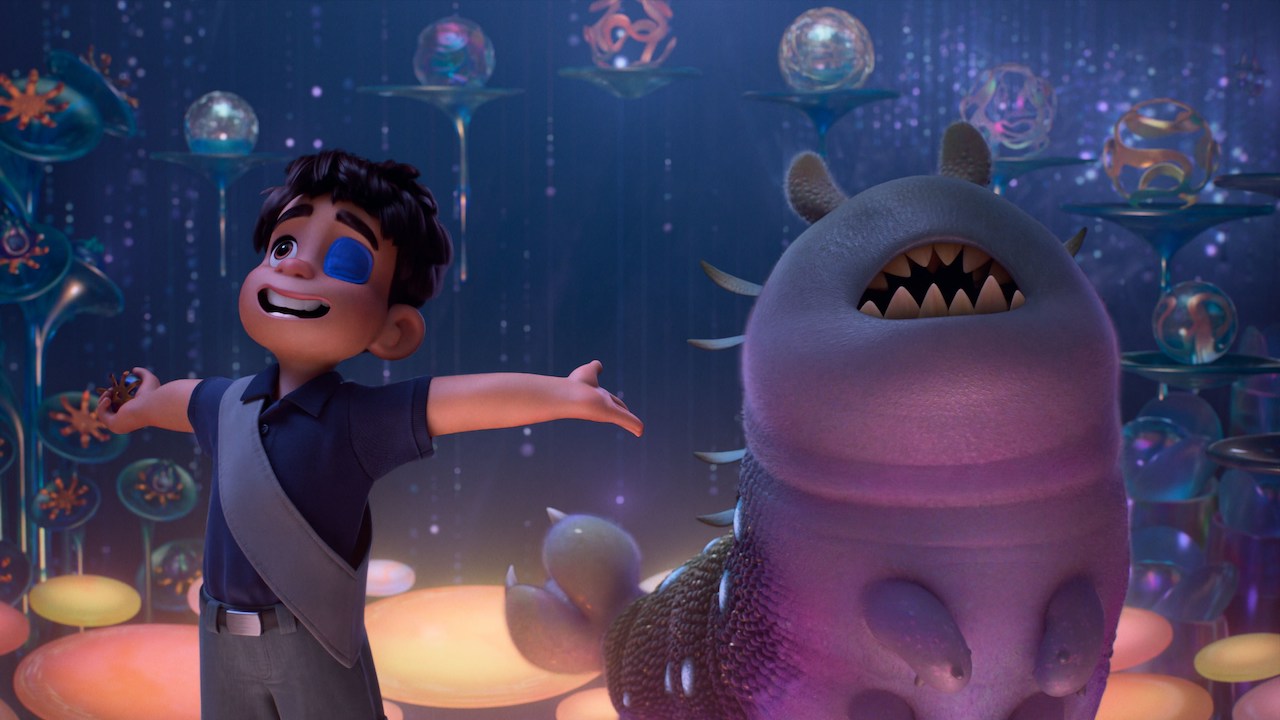
Every Pixar Movie, Ranked From Worst To Best, Including Elio
By Dirk Libbey Last updated
-

Upcoming Horror Movies: All The New Scary Movies Coming Out In 2025 And Beyond
By Sarah El-Mahmoud Last updated
-
More about Movies
-
-

Someone Listed Jurassic Park And World Reviews By Rotten Tomatoes Score, And It’s Bleak Out There
By Mike Reyes Published
-

Lindsay Lohan Knows Which Movie Of Hers She Wants Her Son To See First, And I While It Wasn't My First Guess, I Think It's A Solid Pick
By Sarah El-Mahmoud Published
-

Between Wicked And Jurassic World, Has Jonathan Bailey Broken The Myth About Gay Movie Stars Not Being Bankable?
By Corey Chichizola Published
-